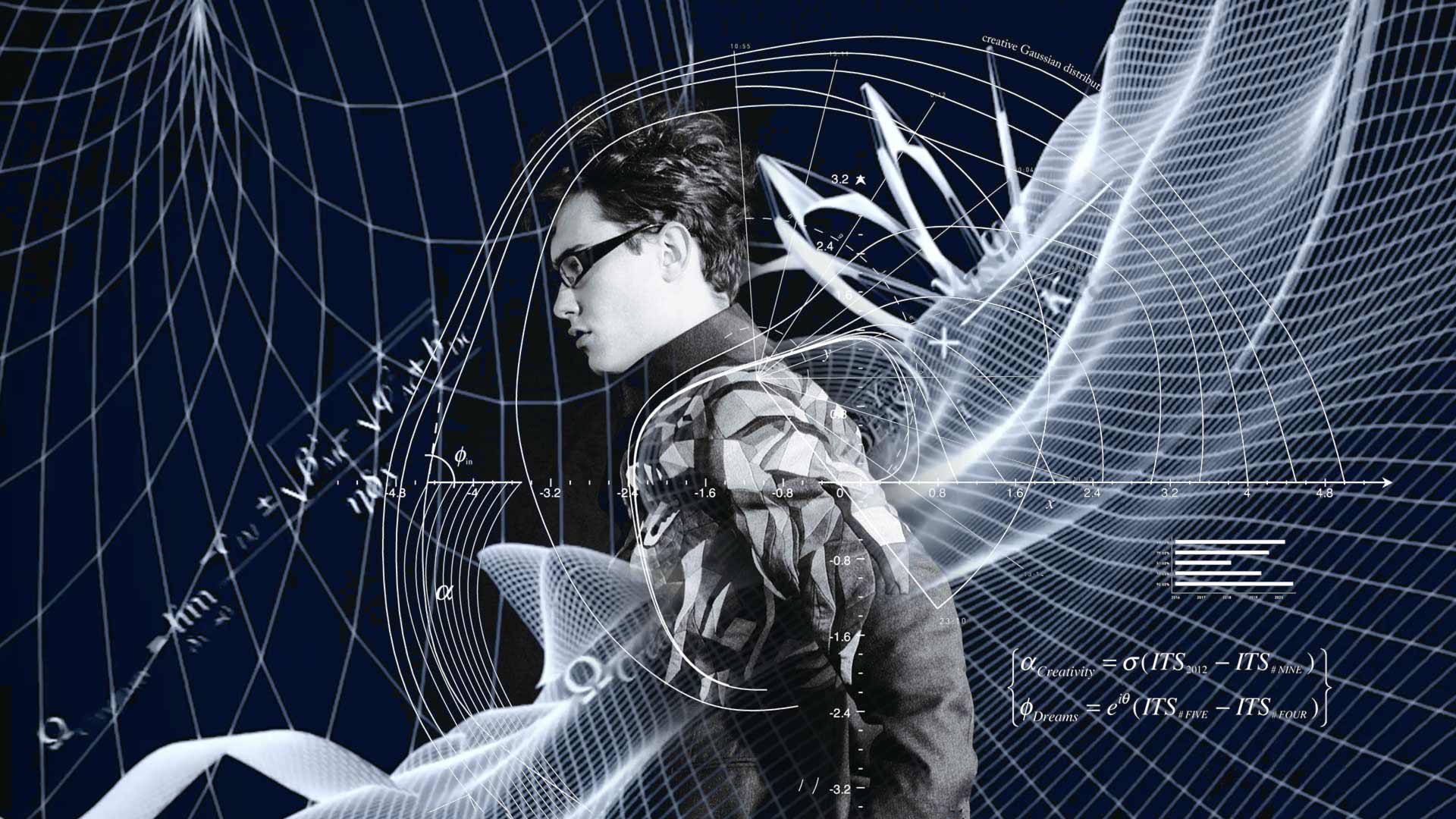
Non fungible tokens. NFTs. We might as well start from here to introduce an argument culturally and ethically so complex as digital fashion. The definition for NFTs is already cryptic, as “fungible” isn’t the ordinary word you’d use in your everyday conversation. But if a bitcoin is fungible (sharable, replaceable), an NFT – still guaranteed by a blockchain, just as cryptocurrencies – is not. It is a unique certificate, so if you own one, you’re the only owner of that digital “item”.
This opened an entire new market place that insiders believe is exploding (a bubble? only time will tell). Everyone noticed when Christie’s sold an NFT by digital artist Beeple for $69 million. The art world got into a frenzy. But if I buy the original of a Picasso painting I own the original, anyone else either comes to my house or stares at a copy. When I own a digital item, let’s say a video, and someone else hacks it online, what’s the difference between what he owns and what I own?
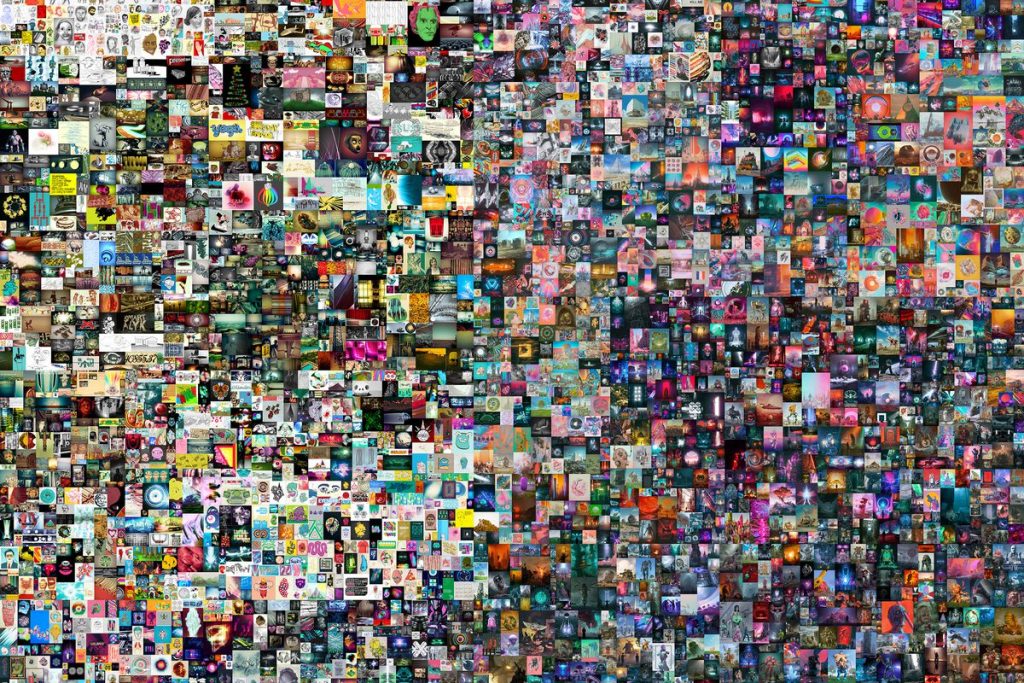
There are immense doses of naivety and ignorance surrounding the NFT argument, with people spending insane amounts of money on the stupidest purchases. There are fields in which NFTs certainly make sense. Videogames for instance: buying a bespoke fishing rod in Legend of Zelda nobody else has except you? And of course huge potential to actually support artists in digital media. But seen from another perspective (Christie’s auction docet), it just looks like the most lame game for the bored rich.
Now, how do we get to digital fashion from here? Overconsumption, sustainability, Covid-19, social distancing and the drive towards digital platforms, the pollution of the fashion sector… you see where this is going. Why waste resources (like water) to produce more fashion that pollutes more? Why go to a shop? Why ship goods around the world? These questions were around the corner. And digital fashion stepped up to the challenge, as the (apparent) solution.
Digital fashion is nothing new. You might remember Second Life, and the actual boom it had for a short while with brands wanting to step in to dress your avatar. But that bubble faded away quick, pushed back into the realm of videogamers. Now, it might be ready to stick around for good, for a combination of reasons.

Digital softwares to develop fashion designs are nothing new, what is new is the immense technological evolution they’ve experienced. Designers today have tools to test everything about their designs, coming up with visuals that are indistinguishable from reality. From the weights and draping of the fabrics they will use, to the fine-tuning the expenses involved in their pattern cutting and stitching, with today’s softwares they can optimize each step of the process in advance developing real-time, photo-realistic prototypes before they are even produced for the real world.
The Fabricant were amongst the first companies that visually cleared out the potential for a business model, opening the doors to an array of possibilities. They began developing advertising campaigns for brands like Adidas entirely developed in the digital realm. No models, no photographers, no film directors, no locations, no travelling. A huge cut in costs and personnel involved. They created virtual showrooms where clients could try out clothes in a photo-realistic manner living the shop experience without moving from their homes. And they showed what wearing garments only in the digital realm could really become since they understood what a powerful ally social networks could be.
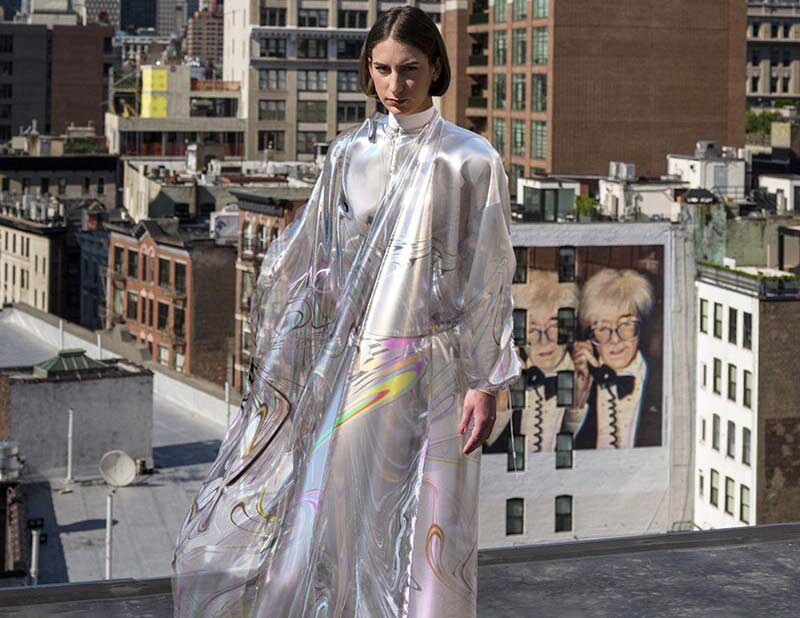
As a fashion enthusiast you might not have the financial resources to buy the latest Gucci shoes. But you might have €12 for the Gucci Virtual 25 designed by Alessandro Michele, which you can share on your social media pictures. This is where it’s at: if your dream was to style yourself up like the hippest influencer but you did not have the resources well, now you can. You don’t need thousands of followers anymore in order to convince fashion houses to offer you clothes to promote for free, and you don’t need buckets of money to buy the clothes (if you don’t have the followers). It’s a social network boost on the Avatar mode. You already have online shops you can go to. NFTs got you dressed up, a digital acceleration on Andy Warhol’s 15 minutes. There’s even actual influencers underlining another apparently huge benefit, from their point of view, about “wearing” digital fashion in their posts: no heavy, voluminous luggage in their traveling anymore. Light and free as a bird, you’re now allowed to travel with just underwear and a tracksuit, the pictures for your IG profile in the latest outfit is a problem of the past.
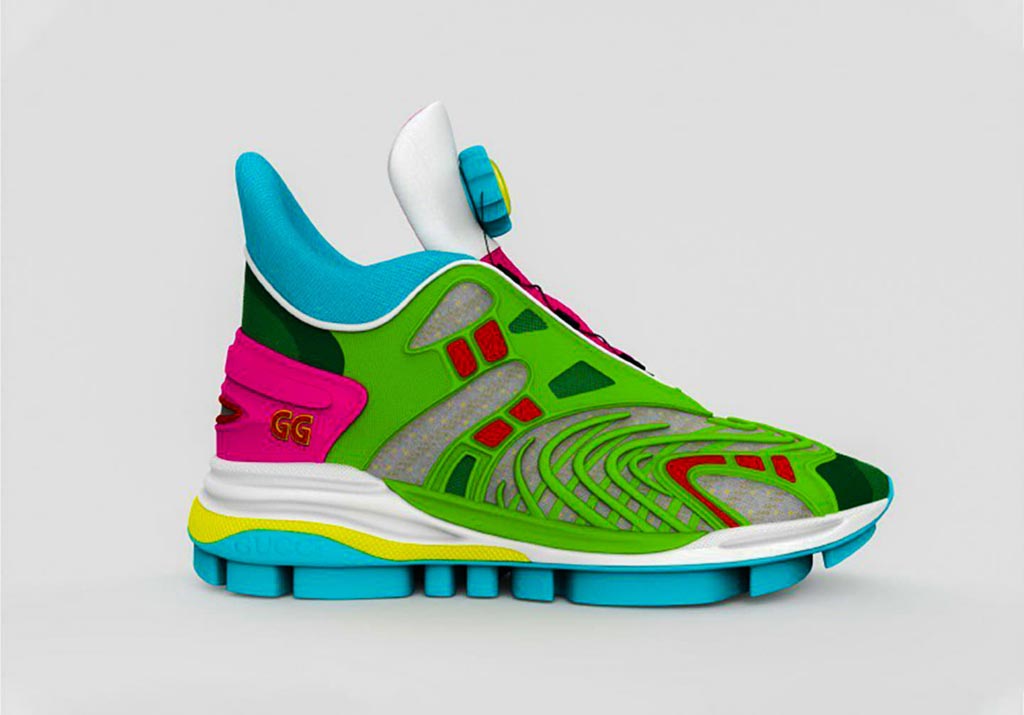
But does it represent a democratisation of fashion too? This is just one of many open questions and perhaps it’s still too early for definitive answers. But let’s take look at these dilemmas, at least.
One of the strongest claims from the advocates of digital fashion is that it is hugely sustainable, since it lives entirely in the digital world without depleting resources, wasting water, producing a carbon footprint, shipping goods around the globe, etc. This is something we’re actually seeing even among young designers who are approaching this direction: “I’m into digital fashion because it is very ethical and respectful of the planet.” But what does this mean, that we won’t be dressing in the physical world anymore? Are we headed towards the Matrix? Because if this is not the case there’s still 7,9 billion people on the planet who need actual clothing to survive in the physical world. And of these, the (sadly) tiny amount that goes out for dinner won’t want to wear the same outfit all the time because “there’s digital fashion and my SN life is covered”. Digital fashion comes as an add-on of traditional fashion. It’s processes surely are more sustainable, but the growth of this sector means more servers to store the stuff, that need more cooling, that consume more energy, that increase the carbon footprint… combined with unchanged traditional fashion, that has not disappeared.
Optimising design development by using digital tools in order to reach production point having wasted as little resources as possible is, indeed, an amazing improvement. But a purely digital fashion seems like an additional market place, with additional customers, that didn’t exist before and most importantly leaves what existed before untouched.
There is another almost philosophical question to the problem: do we really want this kind of acceleration on virtuality? Some believe it opens huge potential for the exploration of self, for deeper reflections on who we are as human beings, particularly because it allows to explore the unreal too: worlds and clothes that would never exist in the real world, bending the laws of physics.This may be true for the savvy explorers and the university professors, what about young teenagers or bored office workers with no time to dissect what the world is throwing at them? If we create pictures of ourselves that are indistinguishable from reality but do not exist in reality, will we improve our ability to cope with real problems, and real life?

We did say, in the opening, that it was both a culturally and ethically complex argument to talks about… 🙂
Without firing up the discussion even more – all that we have said above underlines that there is a lot of room for discussion – and going back to the observers we are – of phenomenons we record in the hope they develop healthy, improved possibilities for creativity and inclusivity – ITS 2021 is witnessing a major growth in digital fashion that could not be ignored. During our research this year we’ve seen many students developing purely digital projects and exploring this new territory (boosted, of course, by the pandemic).
Three years ago we had already received a digital fashion project among the ITS applicants, and it had raised many of the same questions we have today. At the time we felt we still needed to understand more and that it was still early for us to actually imagine a dedicated section.
But compared to last year, we’ve seen the phenomenon explode and received digital fashion projects in numbers that are equal to the accessories or jewellery sections. It was therefore time for us to sit down and start registering the phenomenon, to witness its development: it made perfectly sense for us to be pioneers and open a dedicated section for young designers developing purely digital fashion, with a prize for the winner – presenting a digital fashion, accessories of jewellery project – of €3,000.
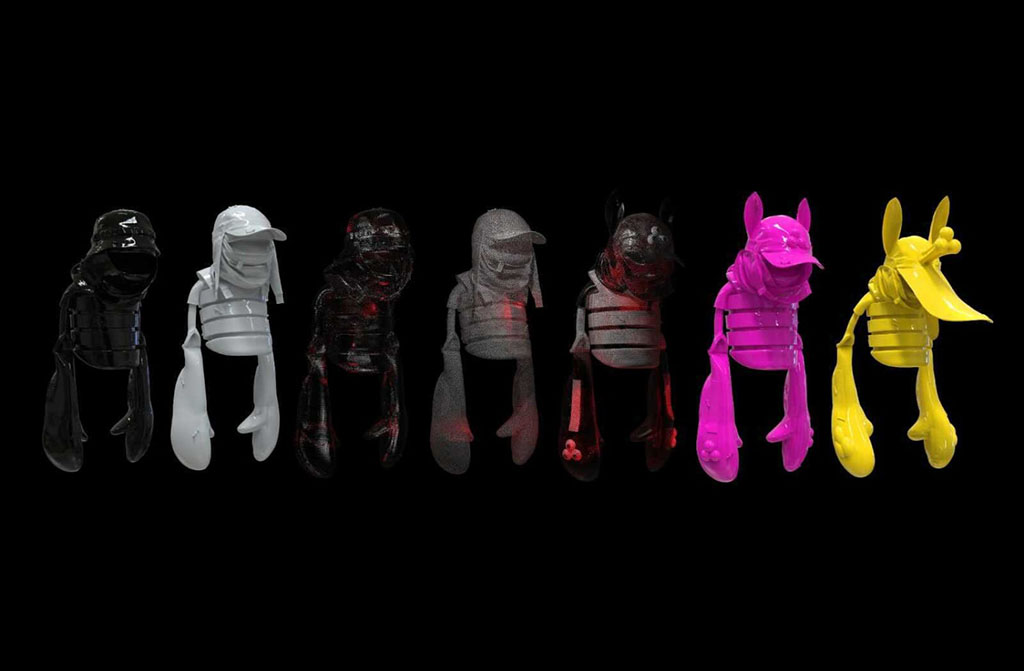
There are also past finalists who are already stepping in this arena: 2006 winner Aitor Throup (and in his case, it’s the perfect example where it does make entirely sense) with his latest project Anatomyland has found in NFTs the perfect accomplice to develop the artistic side of his huge talent, fuel his multidisciplinary approach and praise the decentralisation that is at the core of the NFT concept: digital prototypes of the outfits were dropped as non fungible tokens on the Nifty Gateway platform, as the first step of a process that will see the garments and items of the collection coming out in limited edition numbers, signed / numbered as art pieces.

ITS 2013 eyewear designer Percy Lau also has released her own digital fashion project. Not NFTs: it is a headpiece / eyewear collection rubbing elbows with utopia and the laws of physics which can be downloaded and worn for selfies in your social networks. Entitled “The New Garden of Earthly Delights”, it represents Percy’s first step in the virtual world, and she openly defines it as items to “let the window of the soul begin a new journey”. We are, in her case, in the digital fashion sub-field we were referring to before, exploring the possibilities for a wider awareness of self.
So much is on the plate with digital fashion, so many questions that need time and space to be developed and understood. What a wonderful topic for us to explore with ITS Arcademy.